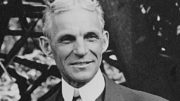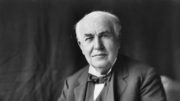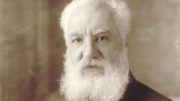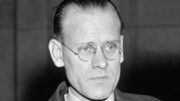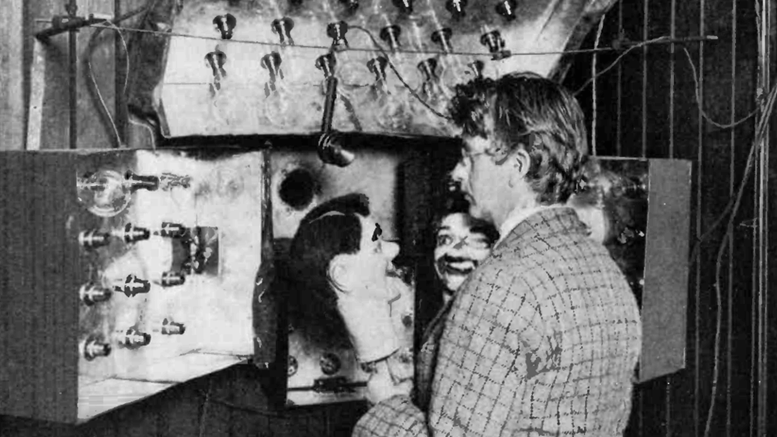 Born and raised in Scotland John Logie Baird obtained a science degree and took an engineering job. He didn’t like it and gave up at the age of 26 and decided to be an inventor. He spent nearly 10 years producing failed inventions. At 35 he had a good idea when he started work on a machine to transmit pictures, as well as sound, by using radio. He started out using bits and pieces from scrap yards, and built a mechanical machine which transmitted pictures.
Born and raised in Scotland John Logie Baird obtained a science degree and took an engineering job. He didn’t like it and gave up at the age of 26 and decided to be an inventor. He spent nearly 10 years producing failed inventions. At 35 he had a good idea when he started work on a machine to transmit pictures, as well as sound, by using radio. He started out using bits and pieces from scrap yards, and built a mechanical machine which transmitted pictures.
Baird obtained plenty of funding to develop his idea, but the BBC chose an electronic system that was being developed by Marconi-EMI at the same time. This electronic system gave sharper pictures and would of proved to be more reliable, it is the basis of today’s modern TV sets. Nevertheless, Baird died having made a lasting impact on the world as the ‘father of television’.
Baird also could be called the father of video recordings as his 1928 invention the Phonodisc it was basically a 78rpm record that could play a video signal. It was a flop commercially but at least he was 20 years ahead of any other video recording system.
In the early 1940s Baird demonstrated a 600 line high definition colour set he called telechrome as well as a stereoscopic 3D set. At the end of world war 2 there was a rush to restart operations of the existing TV system and Baird’s colour system was pretty much forgotten when he died in 1946. Later RCA developed a colour system that, unlike Baird’s, would be compatible with the existing black and white signals.
Today an Australian television industry awards ceremony bears his name, “The Logies” is an annual event similar to the Oscars which votes the most popular talent on Australian TV via the national TV guide “TV Week”. Kylie Minogue and Paul Hogan are two of the most prominent Australians to receive a “Logie”.

